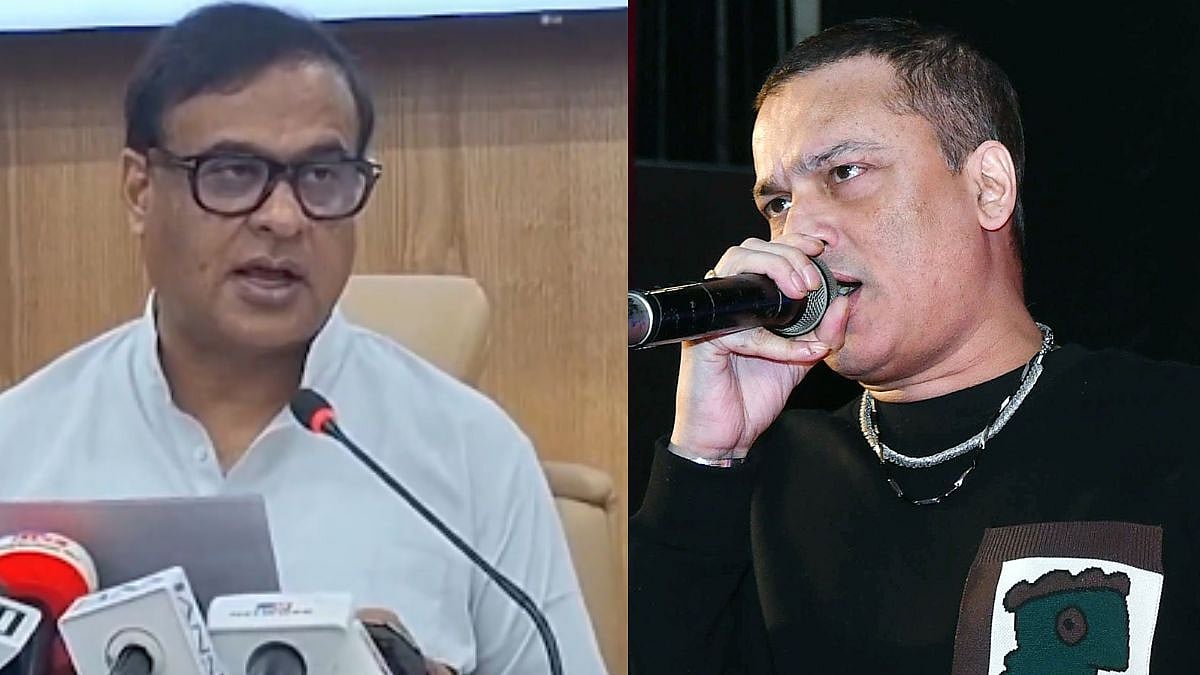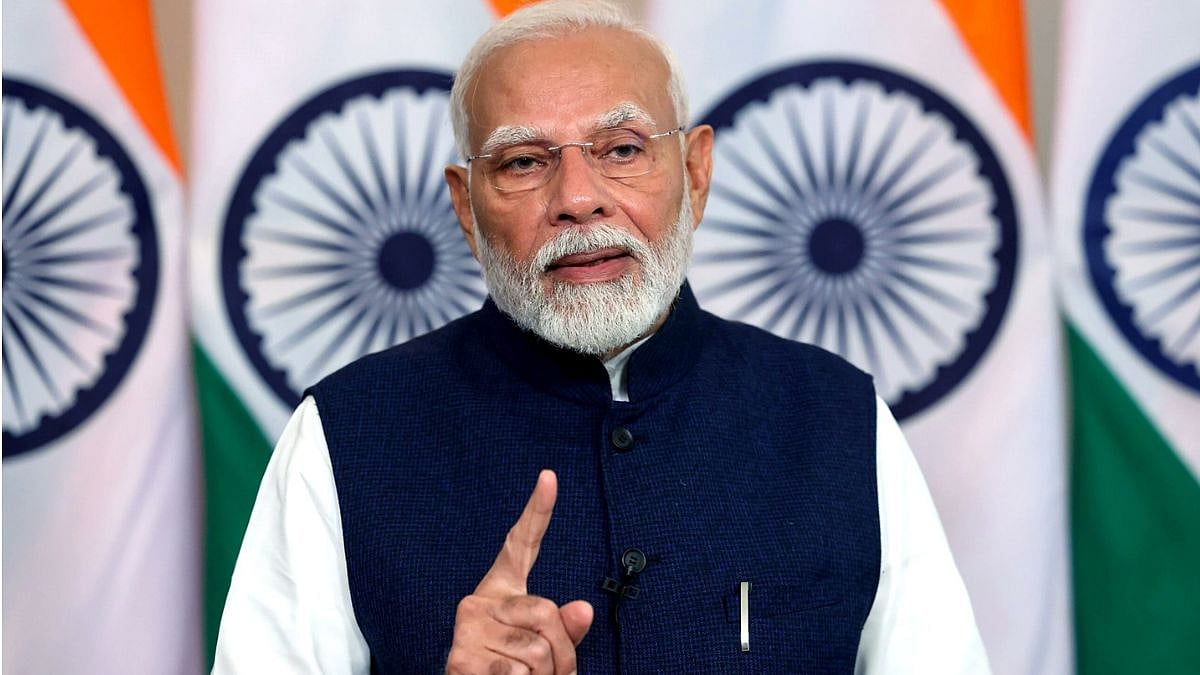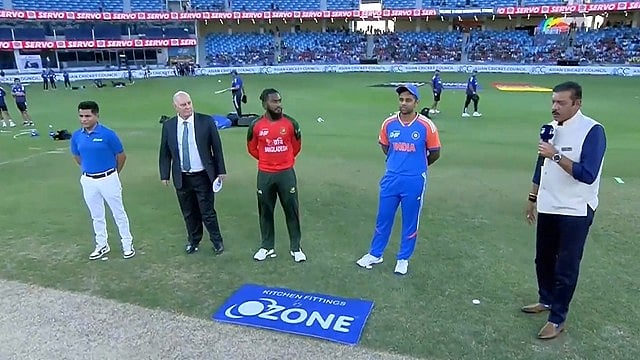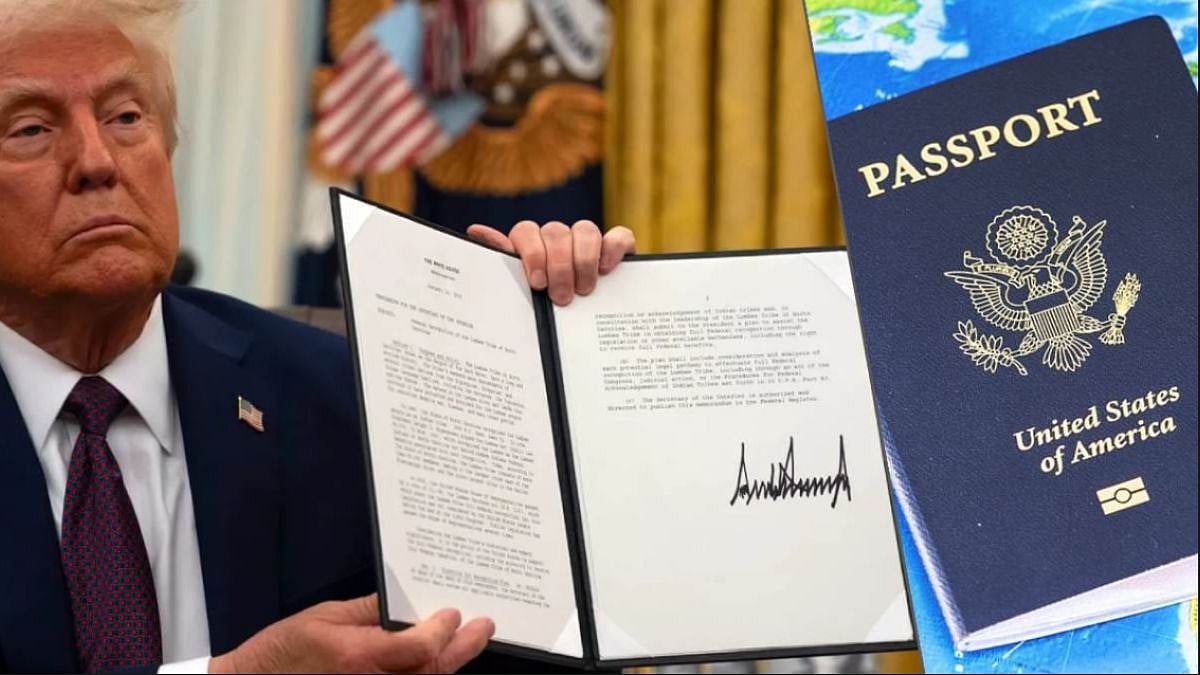A hardline face of the BJP before Narendra Modi emerged on the national scene and helped the saffron party come to power with full majority in 2014, Lal Krishna Advani may have missed India’s most prime political position, but he has done much to ensure his place in the history of India’s contemporary politics. Forced to live in a remote corner of BJP’s retirement bench, called the “Marg Darshak mandal”, Prime Minister Modi’s decision to resurrect the architect of the political rise of BJP and the Ram Mandir movement by honouring him with the Bharat Ratna is a recognition of that position and the role he played in giving ideological direction to India through his polarising rath yatra.
In 2014, Advani did not matter much because there was the anti-corruption movement to ride on, nor in 2019 because Pulwama and nationalistic narrative were good enough to sway voters. But the BJP needs the leader of the Ram Janmabhoomi movement in 2024, symbolically at least, and more so after the consecration of the Ram temple in Ayodhya last month. Soon after conferring the Bharat Ratna award on Karpoori Thakur, the original face of other backward class politics in Bihar, by bestowing the same honour on Advani Modi has balanced a political equation in the run up to the general election. If awarding Thakur is a recognition of the importance of the Mandal politics, the honour for Advani is a reaffirmation of the Kamandal core of the BJP.
Given that India’s highest honour has been reduced to an instrument for political messaging — it is difficult to miss the political and electoral angle behind awarding Bharat Ratna to former prime ministers Chaudhary Charan Singh and P V Narasimha Rao and agriculture scientist M S Swaminathan — the government’s decision to confer the award to one of the BJP’s hardline ideologues is in sync with the conflict-ridden politics of the saffron party. Regarded as a divisive political figure who, as one of the BJP’s founder members, gave a clear and sharp ideological direction to the party at the cost of communal harmony, it is hard to ignore the political significance of the award to Advani; equally hard to ignore is its implications for India’s ideological landscape.
If Thakur, Singh, Rao and Swaminathan are needed to be recalled to public memory for immediate political gains, the call of Advani to the Bharat Ratna club can be called an act of thanksgiving – both for the role he played in the political rise of Modi and the larger role he played in transforming the BJP into a mass organisation on the back of the Ram temple issues. From adopting the Ram Mandir resolution in Palampur to piloting the majoritarian Hindutva narrative through his rath yatra, Advani built the BJP along with Atal Bihari Vajpayee, but lost the opportunity to Vajpayee to be India’s prime minister because he was not acceptable to coalition partners owing to his hardline image.
No one in the pre-2014 BJP articulated the saffron party’s Hindutva ideology as clearly and effectively as Advani. Political analysts see him as having played the most prominent role in normalising polarisation and divisions that are now prevalent in the country in all hues of crudity. The leader who is said to have sowed the seeds of Hindutva, his rath yatra was designed and calculated to divide the polity that eventually ended up stoking resentment and recrimination among two major communities. It not only unleashed raw impulses and lumpen forces but ended up with the December 6, 1992, demolition of the Babari Masjid. Anyone who remembers the Advani of the 1990s and early 2000s – he is said to have even averted the dismissal of the Modi government in Gujarat after the horrific 2002 communal riots – would wonder whether Bharat Ratna honour for him is Modi’s gesture of political gratitude.
After the NDA government headed by Vajpayee was thrown out power in 2004, Advani, with prime ministerial ambition, tried to soften his image as a hardliner. He travelled to Pakistan and made some convoluted comments about Muhammad Ali Jinnah. His resignation as BJP president in 2005 following the controversy for describing Mohammad Ali Jinnah as a “secular” leader”, a complete deviation from the RSS’s ideological position, was the beginning of the end of Advani’s political career. Although he was shunted out of mainstream politics in 2013, Advani’s story was over in 2009 when the BJP lost the Lok Sabha election with him as the prime ministerial candidate; this fact was recognised by everybody in the BJP and RSS except him.
The 2009 loss was the biggest defeat of a leader who had long-prepared himself for the prime ministerial post at the hands of Manmohan Singh whom Advani had described as the weakest prime minister India had ever known. Although he prided himself on reading the mood of the nation and the workers in his own party, Advani failed to read that a new leader was emerging in the BJP. That leader was Modi, a product of the political environment created by Advani and he had no choice but stoically accept his relegation to political ignominy. While Modi evolved in time to what he is today, the Bharat Ratna honour to Advani is perceived as Modi’s “tribute” to his “mentor” who, ironically, was fated to watch the fulfilment of his single-most significant political goal, the Ram Mandir at Ayodhya, on television screens.
This brings us back to the topic of politicisation of the national awards and honours by governments in power at the Centre. The question that arises is whether the honour to Advani is for the politics he practiced. A nation is known and gets eventually defined by the personalities it chooses to bestow its highest honours on. Advani is regarded as a divisive political figure who made the temple a potent political symbol to rally around. It helped the BJP come to power first as part of coalitions and then on its own at the Centre and many states. It also sought to change the idea of India and the process is still on with much more vigour and fervour. Advani is a Ratna (jewel) of that India that conflicts with the secular and inclusive Constitution.
The government’s decision to bestow the Bharat Ratna on five people — four politicians and one agricultural scientist — all within a month, and just three months before the general election raises questions and suspicions about the ruling regime’s political calculations behind the move. How far the BJP succeeds in reaping electoral dividends remains to be seen.
The writer is a senior independent Mumbai-based journalist. He tweets at @ali_chougule










